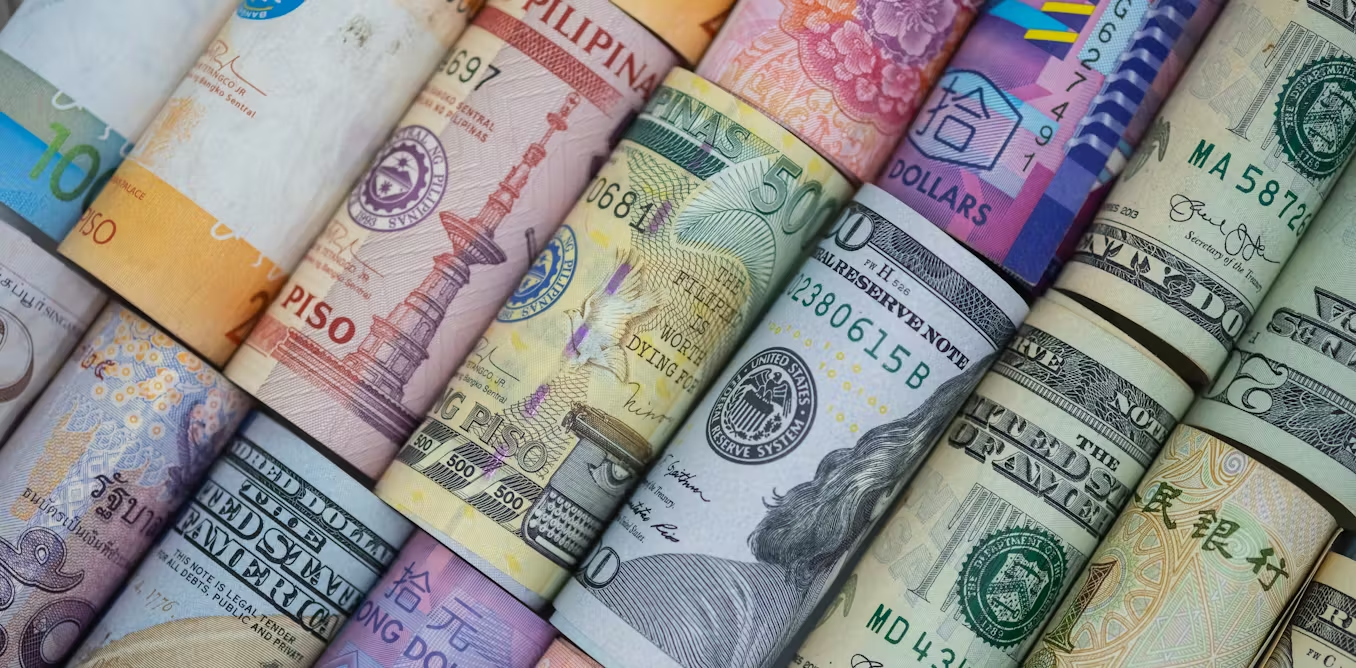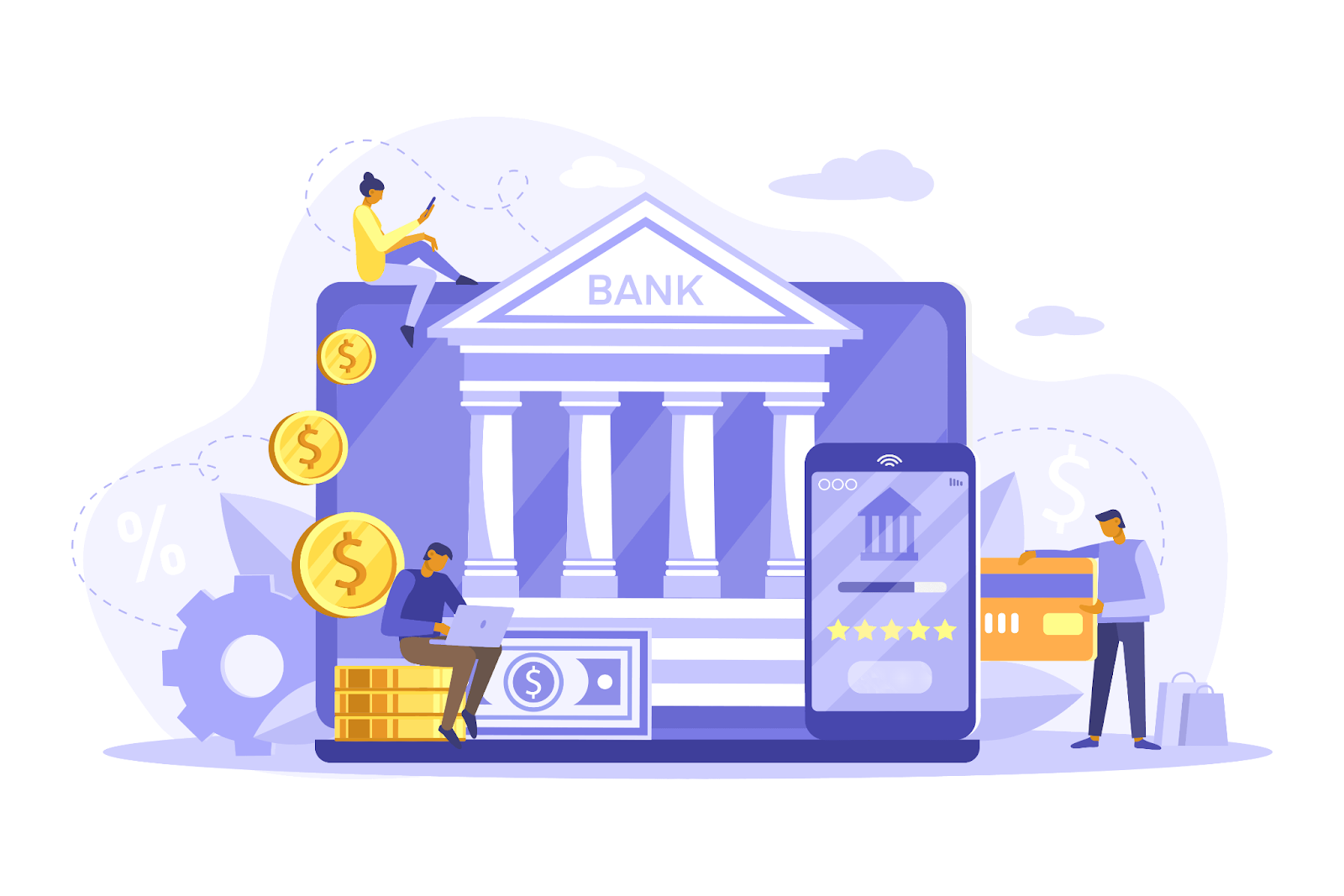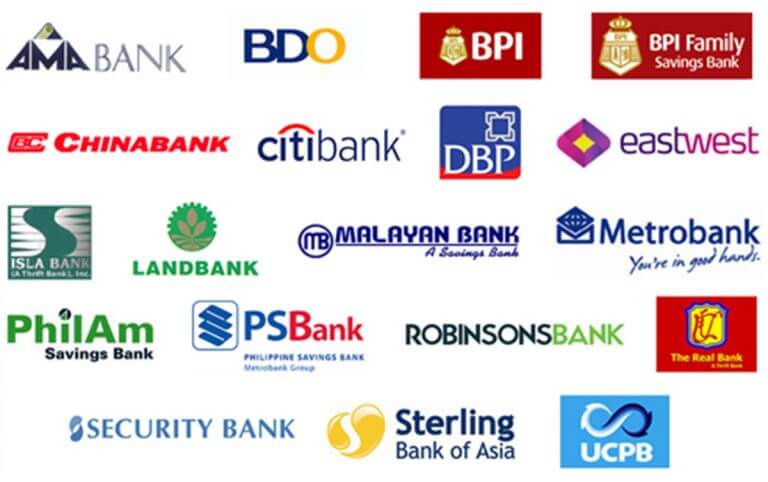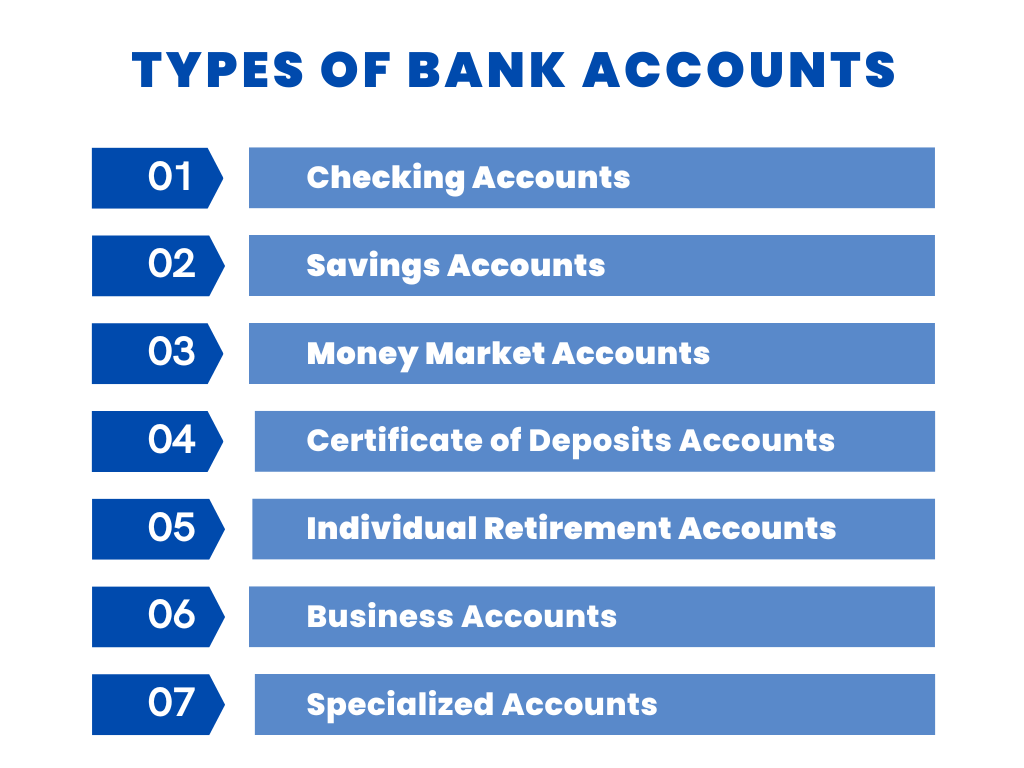


Let’s be honest, everyone wants to build wealth! The catch is, making that bag isn’t enough. It’s also about where we put it and how we use it.
Imagine stashing all your cash under your bed. It’s unsafe, and worse, it doesn’t grow. Here’s where banks come in to help the ordinary Juan take smart steps toward financial freedom!

Before we start talking about banks, let’s first look at what they hold: our hard-earned money!
Money is anything that people widely accept in exchange for goods and services. You use it to buy food, pay rent, or even tip your barber for that stylish haircut. Nowadays, we associate money with paper bills, coins, or digital transactions but it hasn’t always looked this way.
Long before money existed, people used a system called barter (trading one item for another). In pre-colonial Philippines, for example, people exchanged rice, beads, and even livestock. As civilizations grew, commodity money emerged, items like salt in ancient Rome, cowry shells in Africa, and gold or silver in China and India were used as currency. Eventually, societies introduced coins, which were easier to standardize. Later came promissory notes, or written promises of payment, which set the foundation for paper money and modern banking systems.
In Europe, the gold standard dominated trade for centuries, linking currencies to actual gold reserves. But over time, countries abandoned this system and moved toward fiat money, a currency that has value simply because a government declares it does. Examples of fiat money would be the United States Dollar and the Philippine peso. This is the kind of currency banks usually deal with.

A bank is a financial institution that offers various money-related services. Its main business model involves collecting money from depositors (who store money in the bank) and lending it out to borrowers. Borrowers repay these loans with interest, and in return, the bank gives a portion of that interest back to the depositors. Banks also facilitate money transfers between parties, safekeep assets, and offer potential ways to grow one’s net worth. In short, banks are like a one-stop shop for managing your money!
The roots of modern banking can be traced back to goldsmiths in 17th-century Europe. At that time, gold was considered a form of money but people found it difficult to store, carry around, and transact with. So, people started leaving their gold with goldsmiths for safekeeping and received a promissory note in return. Over time, people began using these notes to make payments directly, as it was far more convenient than handling gold. These promissory notes evolved into paper money and banks developed as institutions that deal with storing and lending them out.
Today, banks are essential players in every economy, from handling everyday bills to powering international trade. Amazing, right?
In the Philippines, banks play crucial roles in everyday life, from personal savings to business growth. At the most basic level, they keep money safe, whether it’s a student saving allowance in a passbook account or a business securing funds for payroll. They also make payments and fund transfers easier: overseas Filipino workers (OFWs) in Dubai can send remittances home through services like BDO Remit or BPI, while local workers can pay utility bills (e.g. Mercalco, Maynilad) instantly using online banking apps. Beyond convenience, banks also provide loans and credit that make big dreams possible. For example, a family can secure a Pag-IBIG housing loan through accredited partner banks to purchase their first home, while an entrepreneur might take a business loan from Metrobank to expand a sari-sari store. Currency exchange services are readily available, making it easy for OFWs and travelers to convert yen, pesos, dollars, and more.
Importantly, banks also broaden financial access by offering services tailored to different needs. Philippine banks are regulated by the Bangko Sentral ng Pilipinas (BSP), which ensures they operate securely and fairly.

The Philippine banking system offers several types of banks:
In addition to banks, the Philippines has a range of non-bank institutions offering financial services in the country. For example, pawnshops like Cebuana Lhuillier and Palawan Pawnshop allow quick loans using valuable items like jewelry as collateral. Remittance centers such as Western Union and MLhuillier make it easy for families to receive money from relatives abroad. Microfinance institutions like CARD Bank and ASA Philippines offer small loans to help low-income individuals and micro-entrepreneurs grow small businesses.

While having access to so many financial services may seem overwhelming, keeping your money in a bank is much safer than hiding it under your mattress. With a bank account, you can easily send and receive money, whether through InstaPay for real-time transfers or PESONet for larger transactions. Over time, your money can grow because banks pay interest on deposits. Having a bank account opens doors to greater financial opportunities such as applying for loans, getting a credit card, or starting your journey into investments. Perhaps most importantly, it builds your financial history. When the time comes to buy a house or car, your banking record can help you qualify for the financing you need.
In short, a bank account is more than just a place to keep money, but a gateway to bigger financial opportunities. Let’s get started with learning how to open an account!
.png)
.png)
.png)